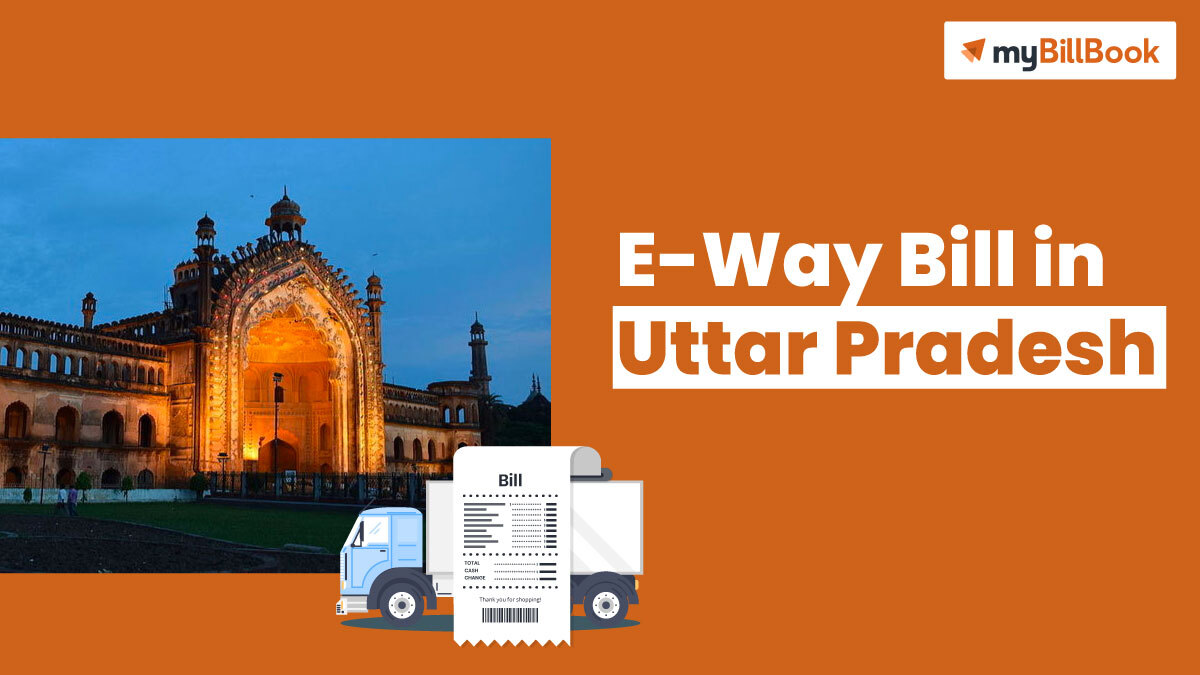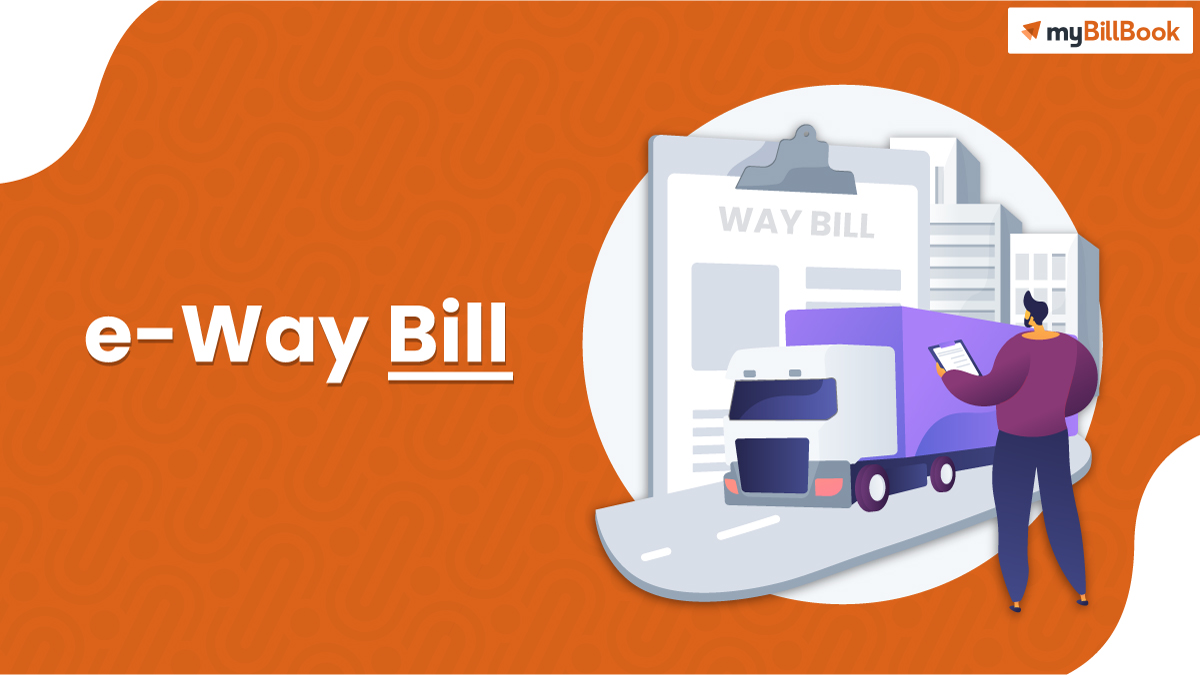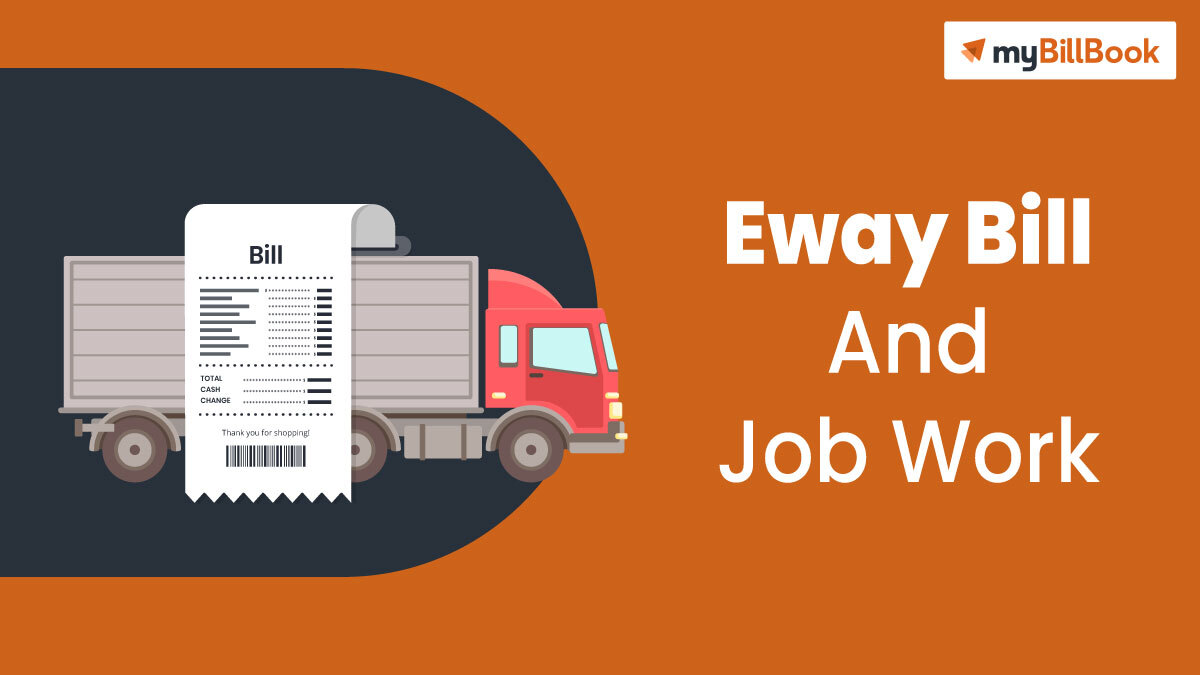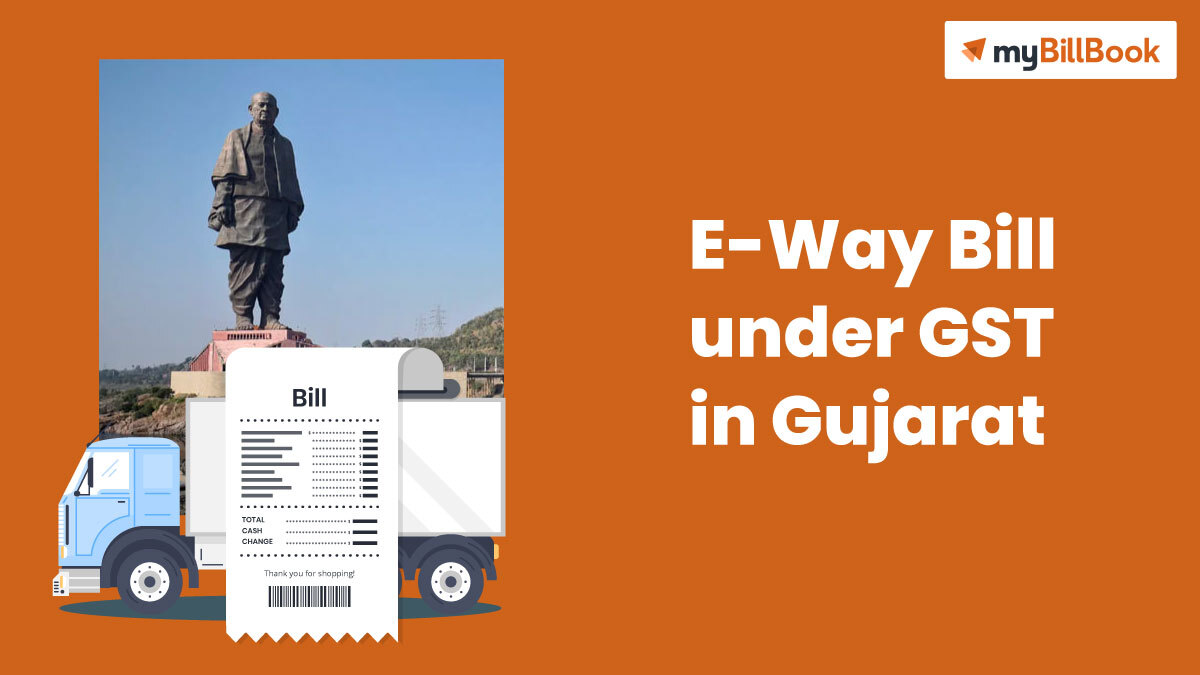GST introduced e-Way Bills, which went into effect in all of India at the start of the 2018 fiscal year. e-Way Bills were introduced to replace the previous bills, which permitted the transfer of products inside and beyond states.
Since the new law’s introduction, Uttar Pradesh was among the first states to embrace it. e-Way Bills replaced the formerly utilised Uttar Pradesh (UP) way bills.
When is the e-Way Bill to be generated in UP?
e-Way Bill implementation within the state borders of Uttar Pradesh, Kerala, Telangana, Gujarat, and Andhra Pradesh began on April 15, 2018.
When the value of the commodities being moved to or from a registered individual exceeds Rs. 50,000, an e-Way Bill is created. An e-Way Bill may still be provided by the registered person even if the products have a value of less than Rs. 50,000.
What documents are required to generate an e-Way Bill in UP?
To generate an e-Way Bill in Uttar Pradesh, you will need the following documents:
- A valid bill of supply, challan, or invoice for the shipment of goods
- The vehicle number or transporter ID must be provided if a means of road transport is engaged.
- Transporter ID, document number, and date for transportation via rail, air, or ship.
How to register on the UP portal for Intra-state generation of e-Way Bills
The process for registering for the UP portal for E-way bills is as follows:
- User Registration
Anyone who is a GST registered user and wishes to utilise this feature must register on the e-Way Bill NIC site by providing the information requested in the application window.
The user can register on the same site using a different application window if they are not enrolled for GST but have a TIN number. If the items being handled are Non-GST goods, the user must use a different window.
- Vehicle Registration
Every goods vehicle that enters or travels through UP requires a single registration before TDF-1 and TDF-2 can be produced.
If the vehicle used to transport goods changes, the user must first register the new vehicle on the site before reassigning the old vehicle to the TDF-1.
How to generate e-Way Bills on the UP portal for Intra-state movement of e-Way Bills
To generate e-Way Bills on the UP portal for Intra-state movement of e-Way Bills, the following steps must be followed:
- Visit https://ewaybill.nic.in/, the online e-way bill gateway.
- Select “Registration>>Eway Registration” from the Homepage.
- Fill in the information and click “Submit.”
- You will be assigned a User ID to access your account.
- When you log in, “e-Waybill” will be visible on the top left. Go to the dropdown menu and choose “Generate New.”
- You will be asked to fill in all the fields.Choose “Outward” if you are the supplier and “Inward” if you are the recipient of the items. Complete the form with the appropriate tax rates.
- Enter the mode of transportation and the required distance. Additional information, such as the transporter’s or vehicle’s information, can be included.
- In the same dropdown box, select “Print EWB” and enter your 12-digit e-Way Bill number to print the e-Way Bill whenever you wish.
Another way of generating e-Way Bills is using e-Way Bill softwares that helps you connect with the government site and comply with all e-Way Bill regulations.
Format of the GST E-Way bill in UP
The e-Way Bill is divided into two pieces, Part A and Part B. Part A collects information about the consignment, typically the invoice data.
The following information must be provided:
- The recipient’s GSTIN must be provided.
- Delivery location’s Pin code.
- It is necessary to submit the invoice or challan number used to supply the items.
- It is necessary to specify the consignment’s value.
- It is necessary to include the HSN code for the transported items. If the turnover is up to INR 5 crores, the first two digits of the HSN code must be stated. If the turnover surpasses INR 5 crores, an HSN code with four digits is required.
- The appropriate justification should be selected after carefully determining the need for transportation.
- The transit document number must be mentioned. It includes the details for the airway bill, the railway receipt, and the goods receipt.







